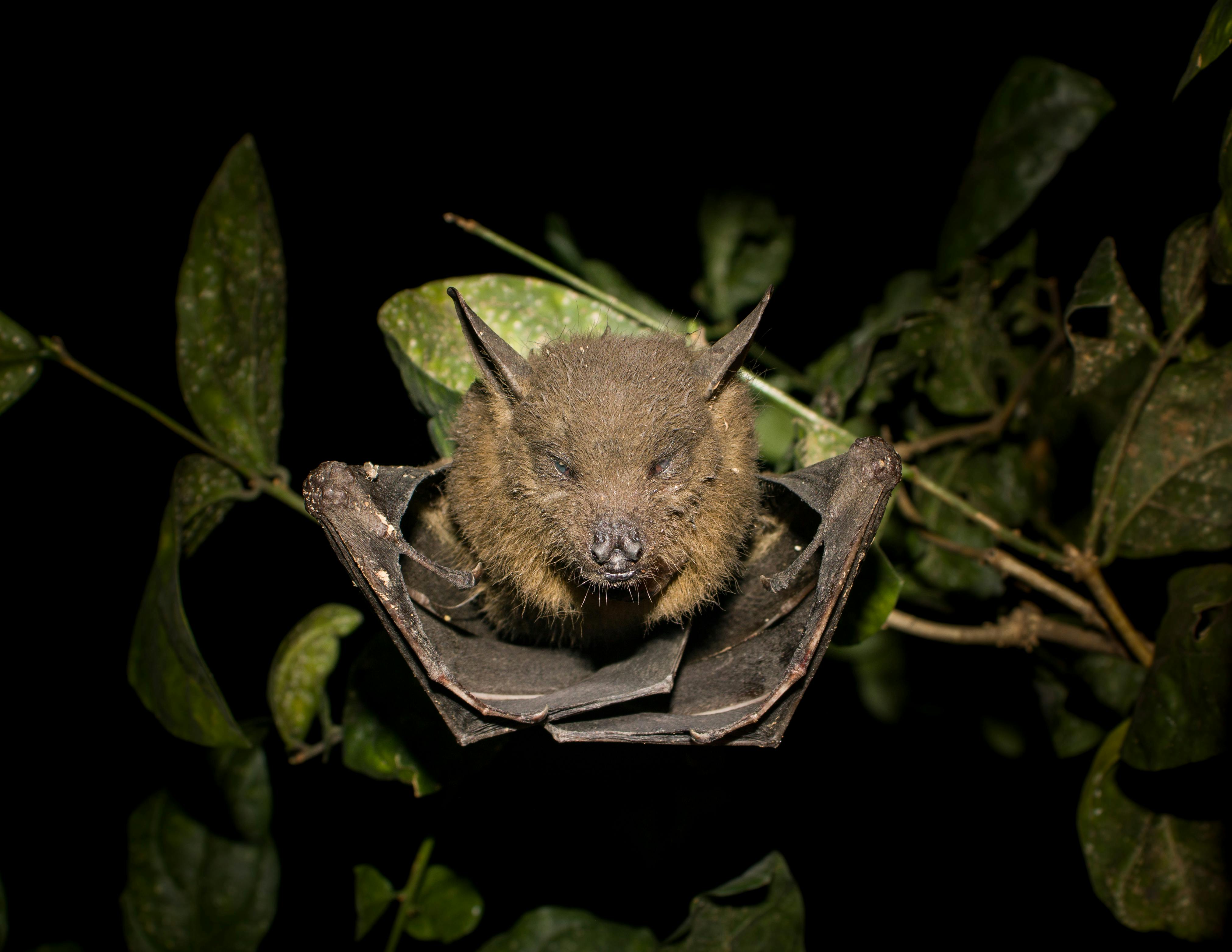Nocturnal Navigators: The Remarkable Adaptations of Eyeshine Animals
In the shadowy realms of night, a diverse array of creatures possesses a secret weapon that allows them to thrive in darkness. These nocturnal navigators, equipped with a phenomenon known as eyeshine, have captivated scientists and nature enthusiasts alike. From the depths of dense forests to the vast expanses of savannas, animals with eyeshine have evolved remarkable adaptations that enable them to see and hunt in near-total darkness.

The tapetum lucidum is composed of reflective crystals or fibers, typically made of riboflavin or zinc. These structures are arranged in a precise manner to maximize light reflection while minimizing scattering. The result is a bright, often colorful glow that can be seen when light is shined directly into an animal’s eyes at night.
Evolutionary Advantages of Eyeshine
The development of eyeshine has provided numerous evolutionary advantages to nocturnal animals. By maximizing available light, these creatures can navigate, hunt, and avoid predators in low-light conditions that would render other animals effectively blind. This adaptation has allowed eyeshine-equipped species to occupy ecological niches that would otherwise be inaccessible.
For predators, eyeshine enhances their ability to detect and track prey in the dark. Conversely, prey animals with eyeshine can better spot potential threats and escape danger. This evolutionary arms race has led to the refinement of eyeshine adaptations across various species, each fine-tuned to their specific environmental needs.
Diverse Species with Eyeshine Adaptations
A wide range of animals across different taxonomic groups possess eyeshine adaptations. Among mammals, cats are perhaps the most well-known examples. From domestic housecats to large wild felines like lions and tigers, all members of the Felidae family exhibit strong eyeshine. Other mammals with notable eyeshine include deer, raccoons, and opossums.
In the aquatic realm, many fish species have evolved eyeshine to navigate the dark depths. Lanternfish, in particular, have highly developed tapetum lucidum that allows them to detect the faint bioluminescence of their prey in the deep sea. Similarly, many shark species rely on eyeshine to hunt effectively in low-light ocean environments.
Reptiles and amphibians also boast impressive eyeshine adaptations. Crocodiles and alligators possess particularly strong eyeshine, which aids in their nocturnal hunting habits. Among amphibians, many frog species exhibit eyeshine, allowing them to capture insects and avoid predators during their nighttime activities.
Eyeshine Colors and Their Significance
One of the most intriguing aspects of eyeshine is the variety of colors it can produce. The color of an animal’s eyeshine is determined by several factors, including the specific composition of their tapetum lucidum, the angle of observation, and the wavelength of light used to illuminate the eyes.
Common eyeshine colors include green, yellow, red, and white. For instance, cats typically display green or yellow eyeshine, while deer often exhibit a distinctive reddish glow. The color of eyeshine can sometimes be used to identify different species, although it’s not always a reliable method due to individual variations and environmental factors.
Interestingly, the color of eyeshine can also provide insights into an animal’s diet and habitat preferences. For example, herbivores tend to have eyeshine that reflects more blue-green light, while carnivores often exhibit eyeshine in the yellow-green to orange-red spectrum. This difference is thought to be related to the types of light present in their respective environments and the visual needs for their foraging strategies.
Human Applications Inspired by Eyeshine
The remarkable properties of eyeshine have not gone unnoticed by human researchers and engineers. Inspired by nature’s night vision solution, scientists have developed various applications that mimic the principles of the tapetum lucidum.
One notable application is in the development of retroreflective materials used in road signs, safety gear, and vehicle reflectors. These materials use the same principle of reflected light to increase visibility in low-light conditions, potentially saving countless lives on roads and in hazardous work environments.
In the realm of optics and imaging, researchers are exploring ways to incorporate eyeshine-like mechanisms into camera sensors and night vision devices. By developing artificial tapetum lucidum structures, scientists aim to create more sensitive and efficient low-light imaging technologies for both civilian and military applications.
Conservation Implications of Eyeshine Research
Understanding eyeshine adaptations has important implications for wildlife conservation efforts. By studying the eyeshine characteristics of different species, researchers can develop more effective methods for nocturnal wildlife surveys and population monitoring. This non-invasive technique allows scientists to gather valuable data on elusive nocturnal species without disturbing their natural behaviors.
However, the increasing prevalence of artificial light in natural habitats poses a significant threat to many eyeshine-equipped animals. Light pollution can disrupt their natural behaviors, interfere with hunting and mating patterns, and potentially impact entire ecosystems. Conservation efforts must consider the unique needs of nocturnal species and work to mitigate the effects of excessive artificial lighting in their habitats.
As we continue to unravel the mysteries of eyeshine and its role in nocturnal ecosystems, we gain a deeper appreciation for the intricate adaptations that allow diverse species to thrive in the darkness. From the glowing eyes of a cat to the eerie reflection from a crocodile’s gaze, eyeshine serves as a remarkable testament to the ingenuity of evolution and the wonders that still await discovery in the natural world.




